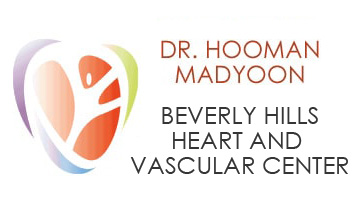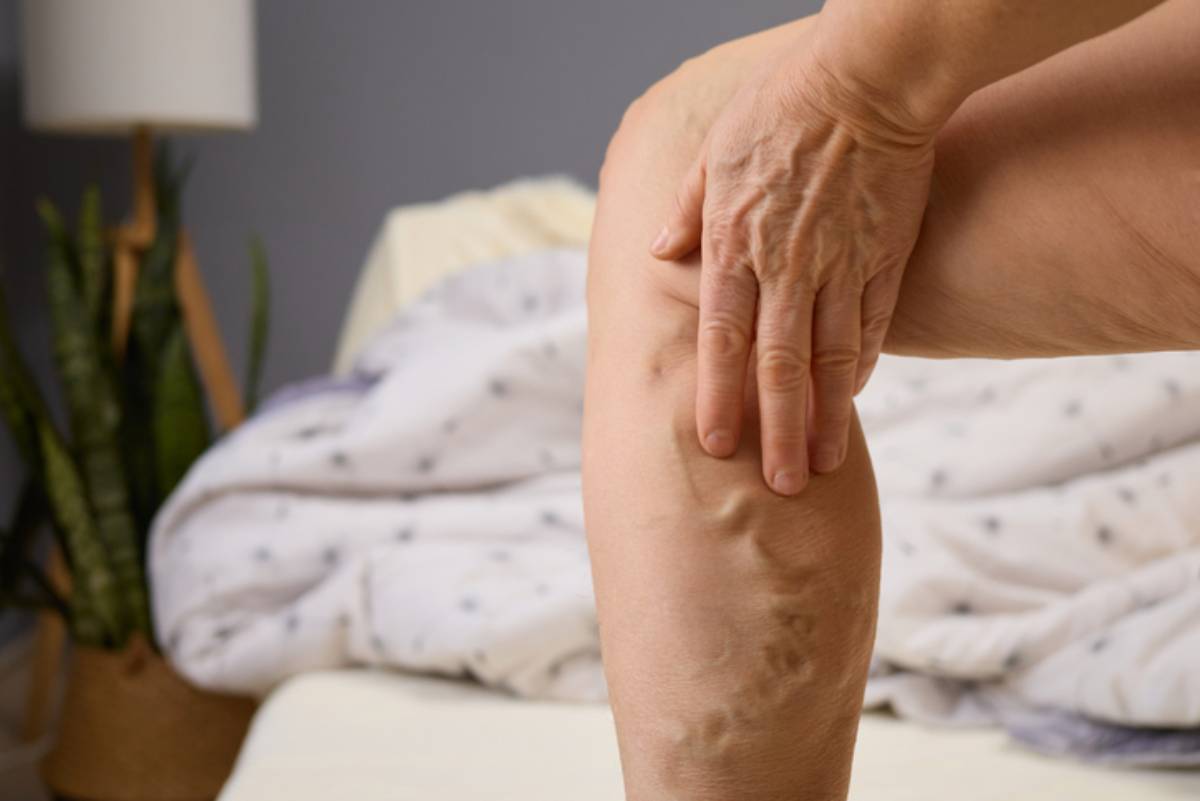If you’ve noticed the twisted and bright colored veins on your legs or feet, you’re likely wondering if they’re simply a cosmetic nuisance — or a signal of something more serious. While it’s true that many people view varicose veins as just a cosmetic problem, they can sometimes signal underlying problems with blood flow, and their seriousness can depend on symptom progression.
When blood in your legs does not circulate properly, pressure can build in the veins, leading to swollen, bright-colored veins known as varicose veins. While usually harmless, if symptoms persist and are left untreated, this condition can cause discomfort or lead to more severe health complications like blood clots.
What Causes Varicose Veins
Varicose veins can occur when weak vein valves fail to close correctly. This results in blood flowing backward toward the legs, causing the veins to stretch, twist, and turn blue or purple.
Several factors can increase the risk of varicose veins, including:
- Pregnancy or hormonal changes
- Obesity
- Family history
- Aging
- Standing or sitting for long periods of time
Varicose Veins Can Become More Than Cosmetic
The truth is, varicose veins aren’t always just about the appearance. For most people, varicose veins are not a significant health issue. But in some severe cases, they can be a sign of chronic venous insufficiency (CVI). This condition, like varicose veins, occurs when your veins do not allow blood to flow back to your heart, causing it to flow backward and collect in your legs. With CVI, the veins are much more damaged. As blood pools in the legs, pressure increases, and the skin turns reddish-brown.
If CVI is left untreated, the risk of further damage is likely. Constant pressure buildup can lead to venous ulcers, which cause persistent inflammation, open sores, and scarring. While varicose veins may not be dangerous at first, they can become more serious as symptoms worsen.
When Varicose Veins Become Dangerous
Common symptoms of varicose veins include mild cases of swelling, discomfort, or slight discoloration caused by the visible red, blue, and purple colored veins. However, if these symptoms persist, they could be a cause for concern.
Be sure to keep an eye out for:
- Persistent leg swelling
- Skin irritation or open wounds
- Frequent bleeding
- Severe or increasing pain
- Hardened skin or heavy discoloration
- Signs of a blood clot (resulting in sudden warmth or tenderness)
If you notice any of these symptoms, it’s important to talk with a healthcare professional. Ignoring varicose veins can lead to more serious health complications over time. As venous pressure continues, it can cause the affected area to lose oxygen and nutrients, making it prone to breakdown. Over time, these changes may interfere with mobility and overall comfort.
Treatment Options for Varicose Veins
Lifestyle changes, even small ones, can make a big difference in managing and preventing varicose veins. Try incorporating these habits into your daily routine:
- Wear compression garments to support better circulation
- Elevate your legs after long periods of standing or sitting
- Exercise regularly to boost blood flow and vein health
Procedures for Varicose Veins
There are also surgical procedures to treat varicose veins—minimally invasive, safe, and highly effective. Treatment varies based on severity, but some standard options may include:
- Sclerotherapy: Injecting a solution to close small to medium veins
- Microphlebectomy: Removes visible surface veins through small incisions
- Radiofrequency Vein Ablation: a minimally invasive procedure that uses gentle heat to close off larger veins.
These procedures help the blood flow to healthier veins, relieving symptoms and restoring a smoother appearance.
Don’t Ignore the Signs of Varicose Veins
If you’ve noticed varicose veins or experience swelling, heaviness, or pain in your legs, don’t wait. Contact the Beverly Hills Heart and Vascular Center to schedule a consultation and learn how modern treatments can safely restore your comfort and confidence.

